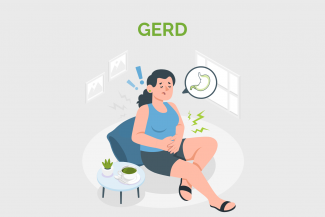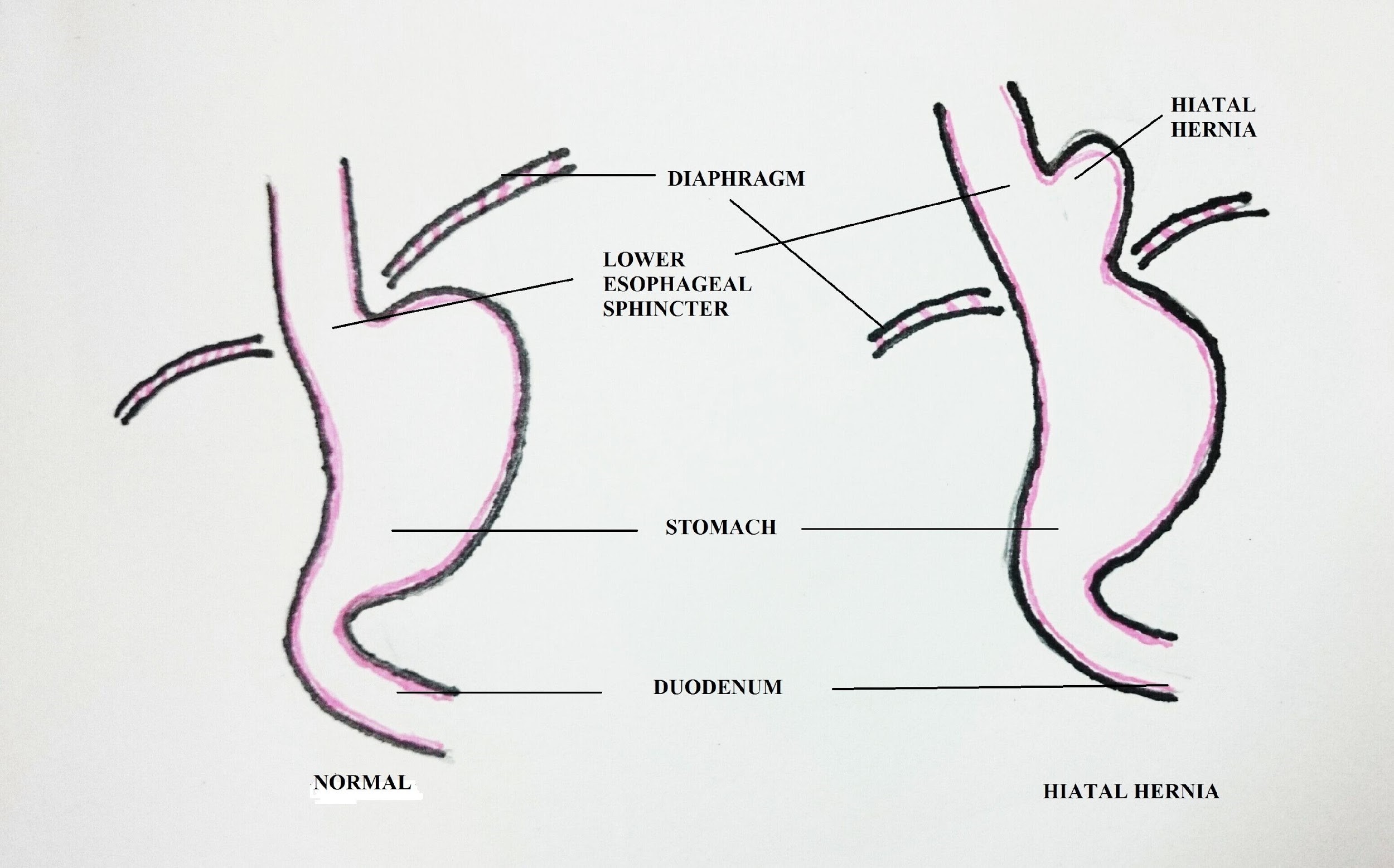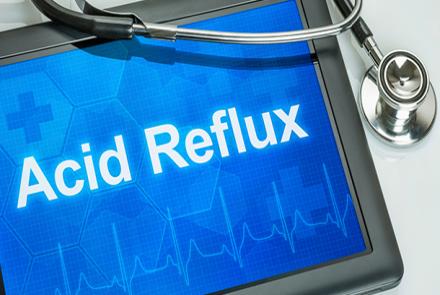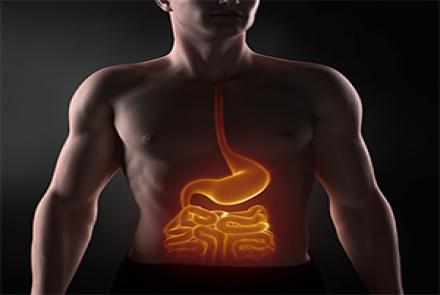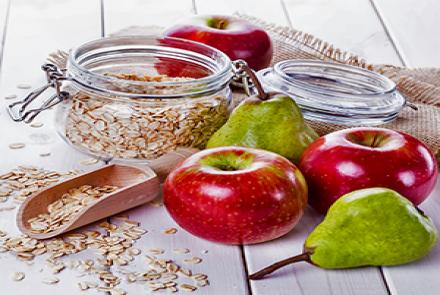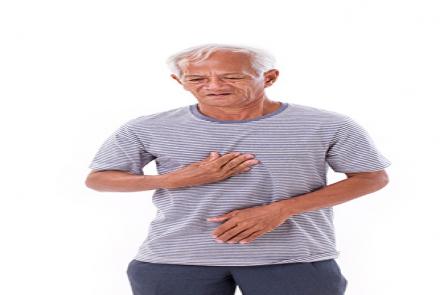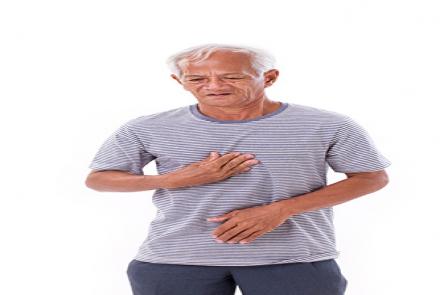Gastroesophageal Reflux Disease (GERD) is a digestive disorder.
Gastroesophageal refers to the stomach and esophagus (food pipe). Reflux means to flow back or return. Gastroesophageal reflux is a condition in which the contents of the stomach (in liquid form) backs up or refluxes into the esophagus.

Risk factors for developing GERD are
- Obesity
- Pregnancy
- Smoking
- Spicy foods
- Acidic fruits and vegetables, like citrus or tomatoes
- Alcohol
- Garlic and onions
- Fried foods, or heavily fatty foods
Causes of GERD are
- Lower esophageal sphincter abnormalities: When you swallow, the lower esophageal sphincter — a circular band of muscle around the bottom part of your esophagus — relaxes to allow food and liquid to flow down into your stomach. Then it closes again, so that the food cannot go back into the esophagus. However, if this valve relaxes abnormally or weakens, stomach acid can flow back up into your esophagus, causing heartburn.
- Hiatal hernias: The chest area is separated from the abdomen by a muscle wall called the diaphragm. The esophagus connects to the stomach through a small opening (hiatus) in the diaphragm. When there is a hiatal hernia, a small part of the upper stomach that attaches to the esophagus pushes up through the diaphragm. As a result, a small part of the stomach and the lower esophageal sphincter come to lie in the chest region.
Hiatal hernia may cause stomach contents to reflux easily into the esophagus, a contributing factor for reflux.
Although there appears to be a link between hiatal hernia and GERD, one condition does not seem to cause the other, because many people have a hiatal hernia without having GERD, and others have GERD without having a hiatal hernia.
Fig. Hiatal Hernia
- Abnormal esophageal contractions
- Slow or prolonged emptying of the stomach
Changed
14/Aug/2017
Condition

